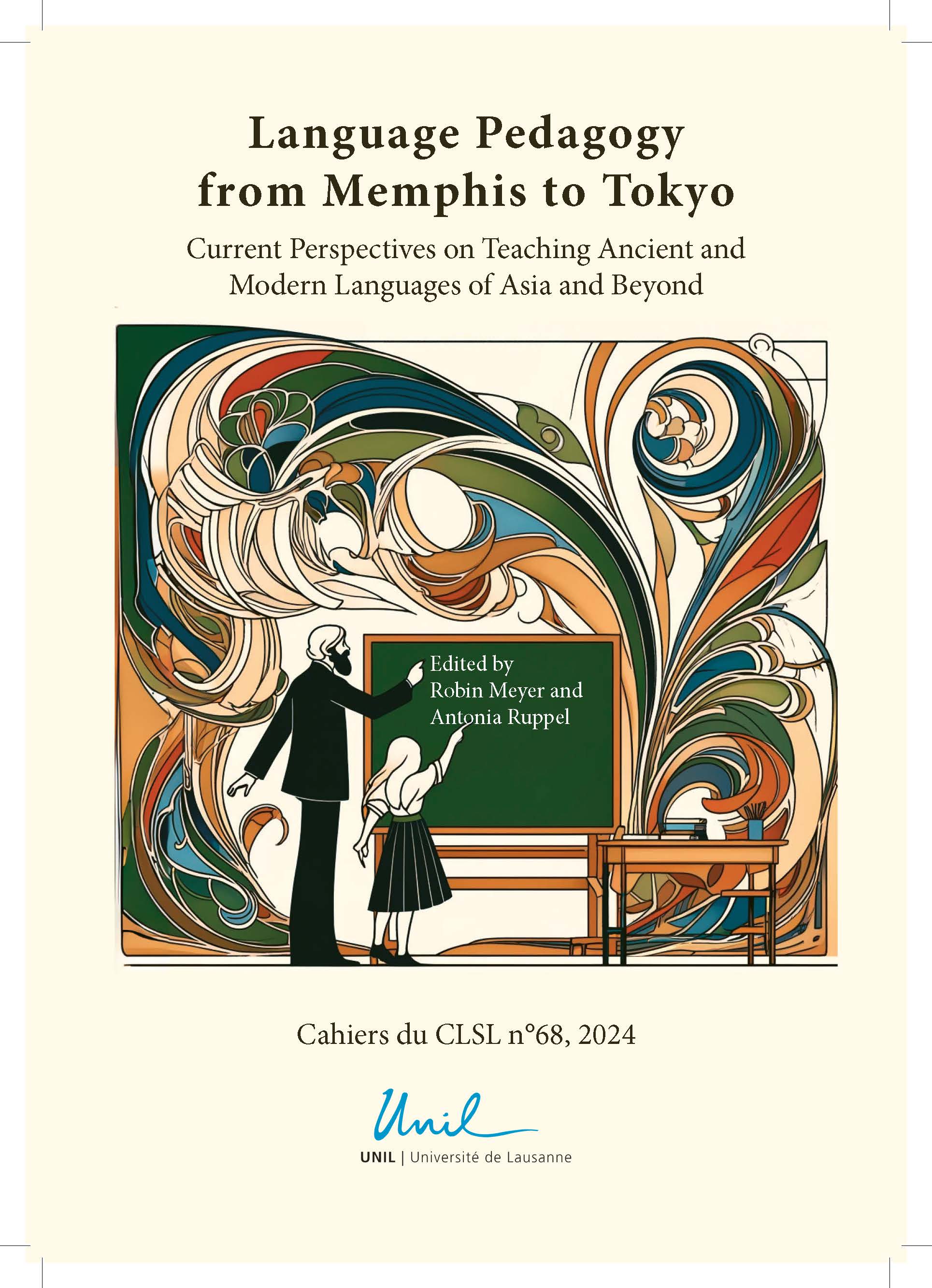Abstract
Tibetan translation today is deeply tied to the academic field of Tibetan Studies and Tibetology. This entails a particular historical legacy, as well as a particular set of long-standing institutional and pedagogical practices – in both methods and materials – for teaching Tibetan. After exploring the background of these current practices, I put forward an alternative to learning and translating Middle Tibetan (or ‘Classical Tibetan’). This comprehensive, collaborative, and community-centred approach is inspired by work in applied linguistics, second language acquisition, and translation studies; this article seeks to elaborate what we stand to gain from those fields, and how we can apply it to the Tibetan language-learning context. Within, I argue that adopting such an approach is not only justified; it also provides tangible benefits to both scholars and Tibetan speech communities, which still hold invaluable indigenous, living-tradition perspectives on textual meaning. In other words, rather than seeing the text-as-object from which we extract a translation-as-product, the aim within is to uncover a translation-as-social-practice that is constructive, inclusive, and reciprocal.

This work is licensed under a Creative Commons Attribution 4.0 International License.
